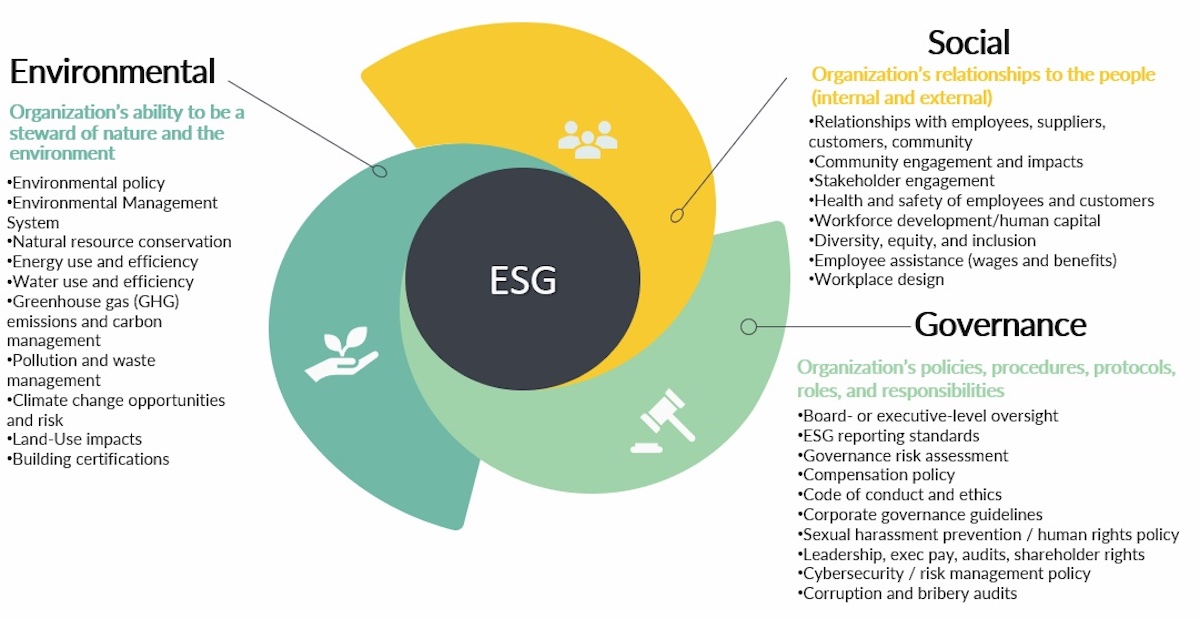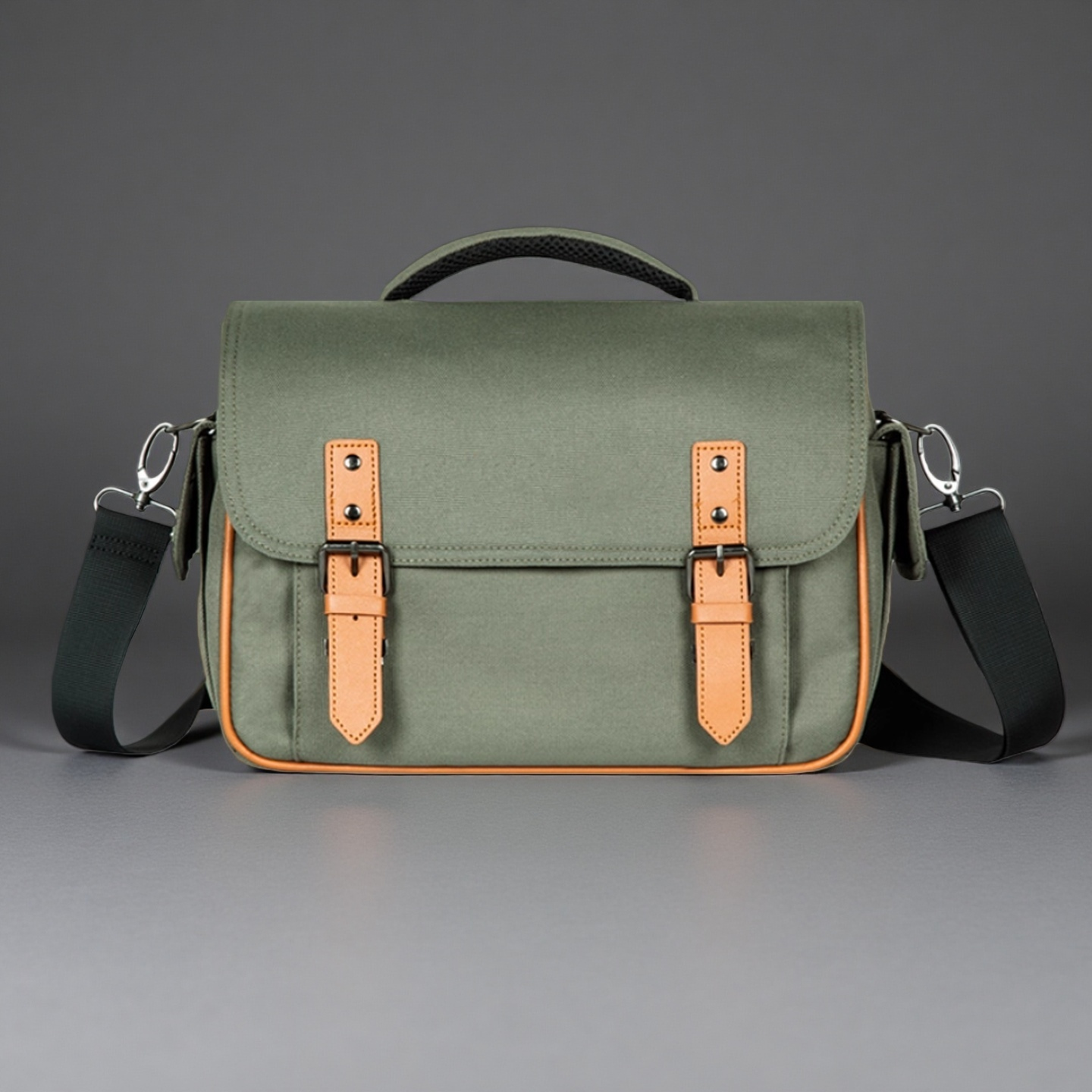
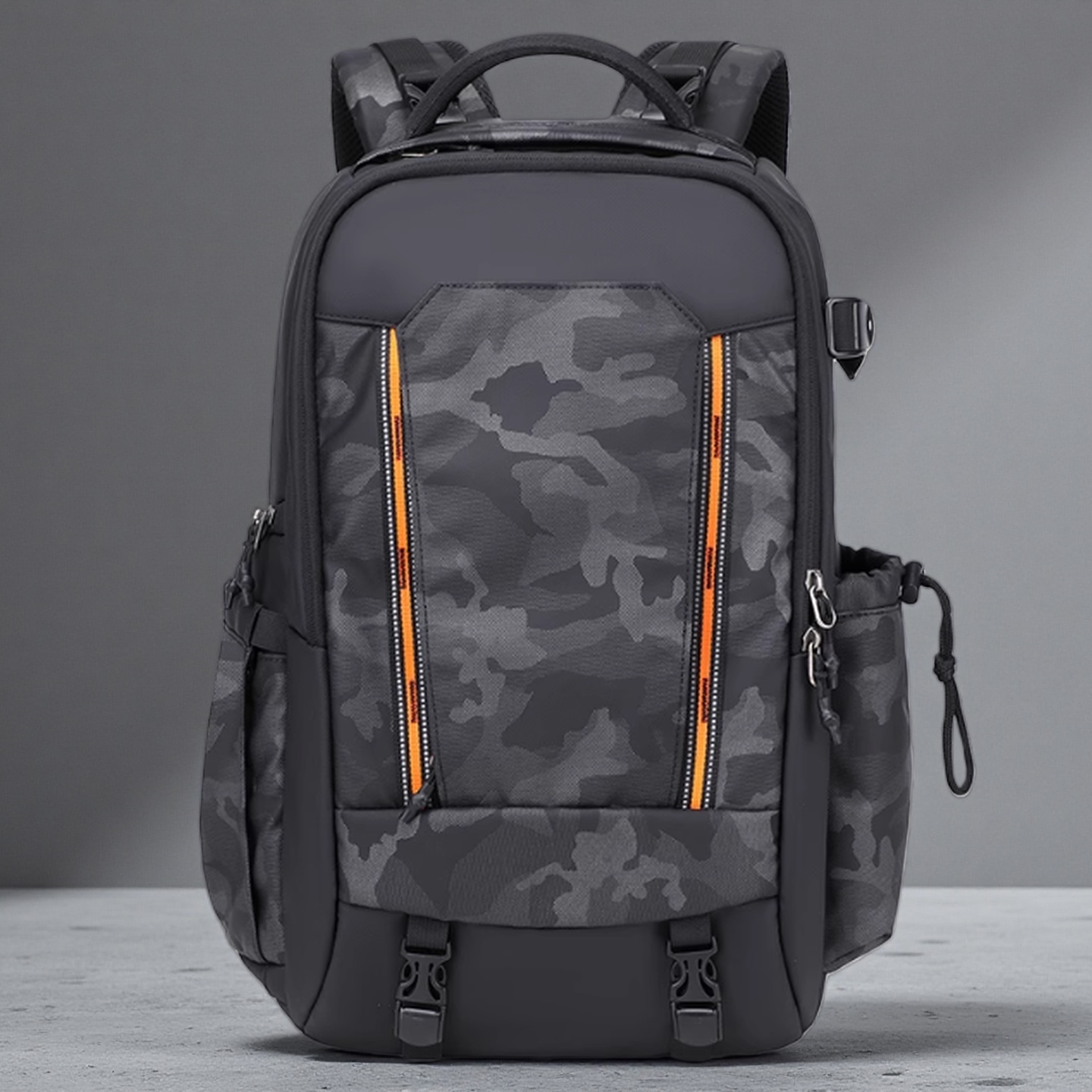
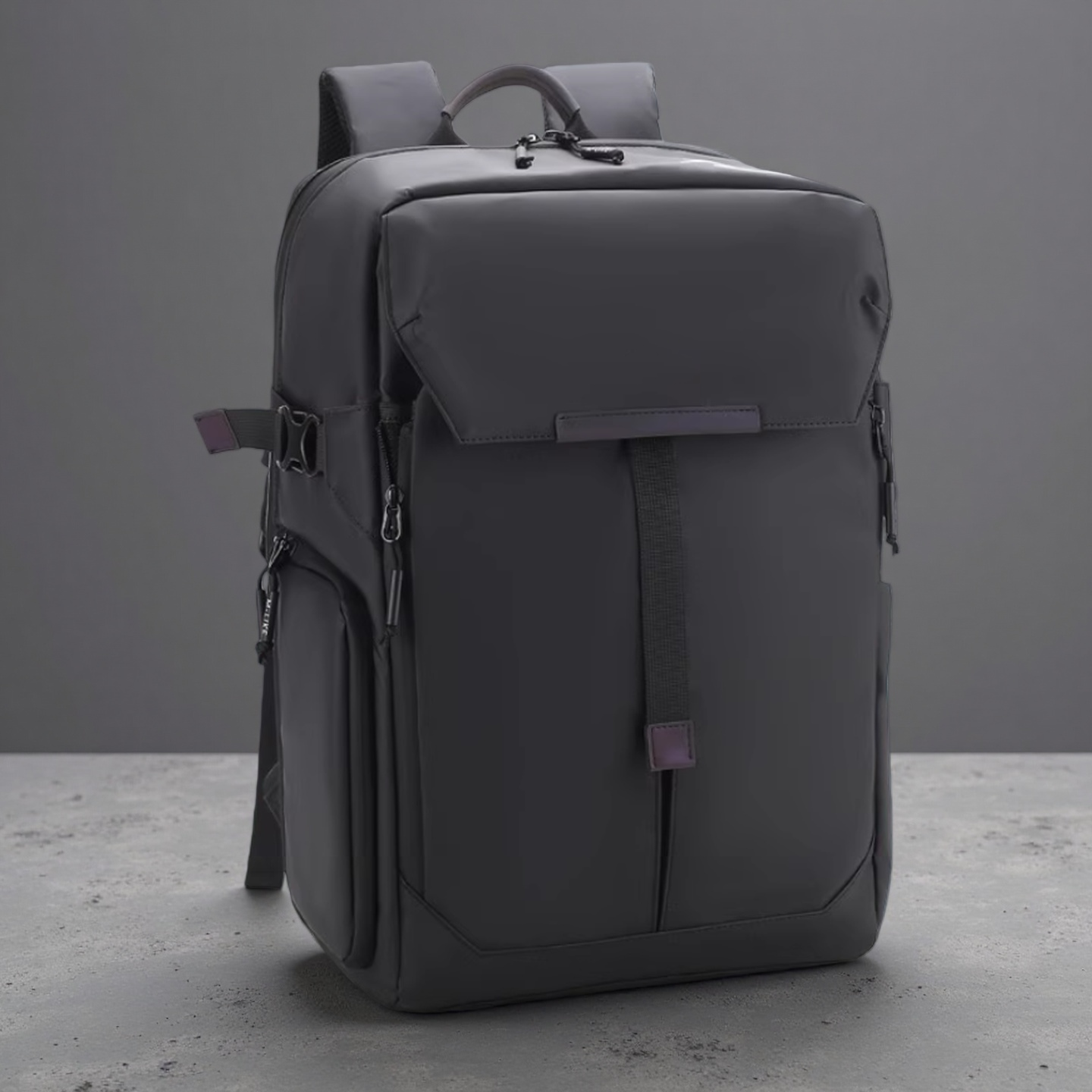
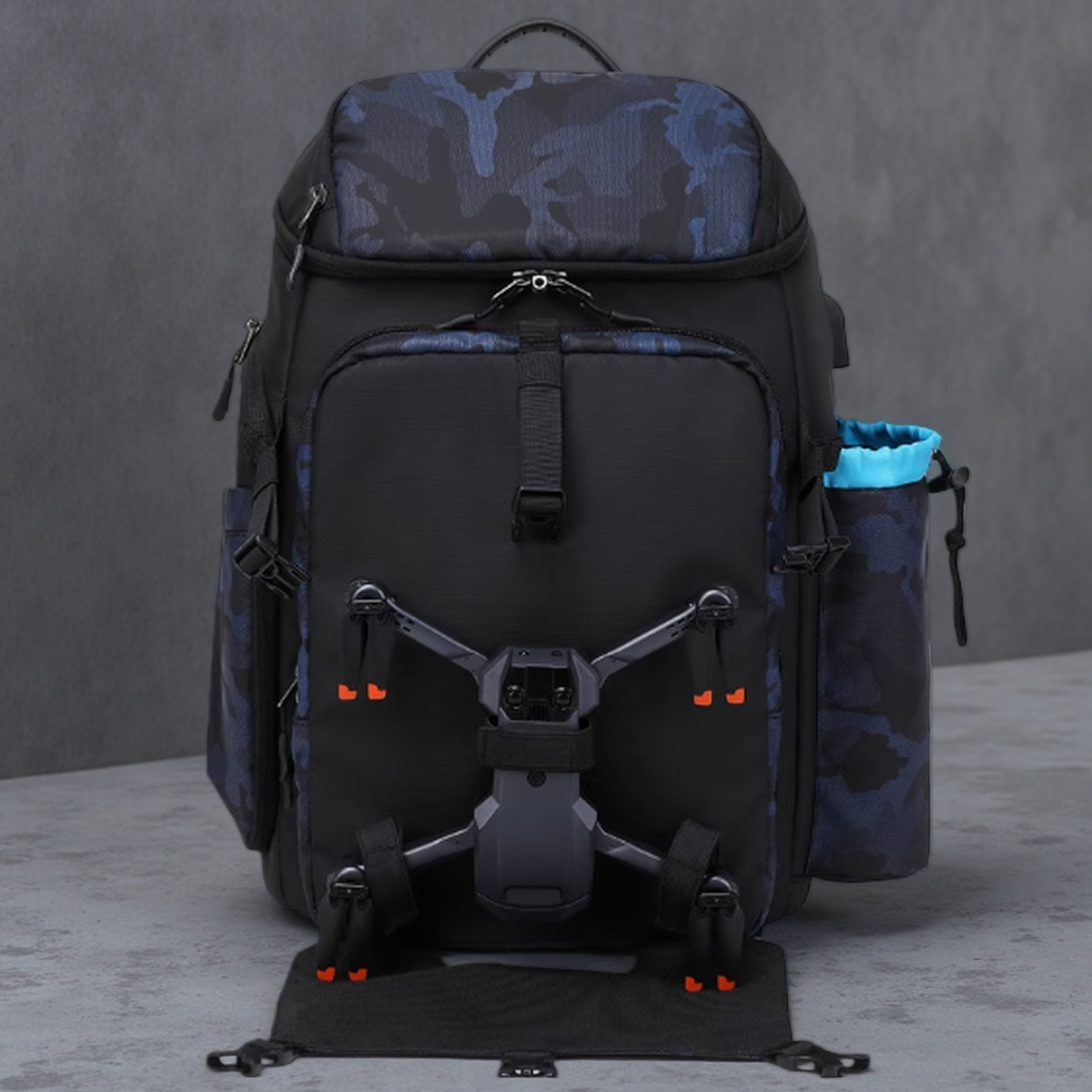




In recent years, environmentally friendly material bags from overseas brands have continued to sell well, ranging from Stella McCartney's Hydefy fungal based material, 3 to Patagonia 'functional bags made from recycled plastic bottles, and even Lululemon has launched a recycled nylon series. How did they turn "environmental protection" into a trend?
Overseas brands have abandoned the traditional impression that "environmental protection is just linen or canvas" and instead adopted high-performance environmentally friendly materials:
Recycled Nylon (EconyI): The feel is no different from that of native nylon. Even lighter and more wear-resistant.

Hydefy: an environmentally friendly leather material made from fungi.
Recycled PET polyester: Made from recycled bottles, it has triple properties of waterproof, lightweight, and crisp.
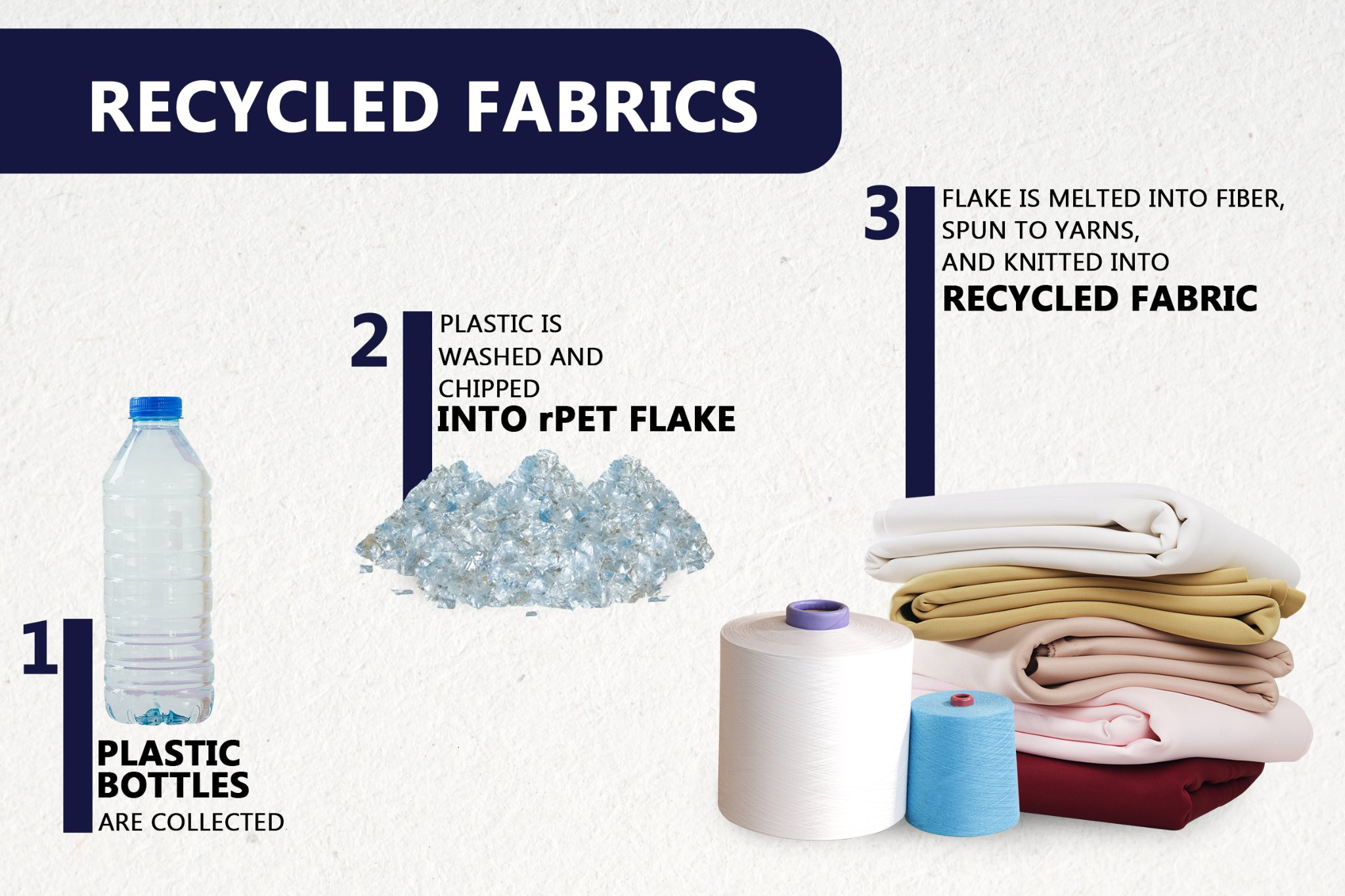
Overseas brands will integrate the sources, production processes, and design concepts of environmentally friendly materials into their product stories to enhance consumer emotional value. For example, Patagonia will provide detailed information on the environmental traceability of each fabric on tags, official websites, and social media.
Overseas brands not only focus on "environmental attributes" in the application of environmentally friendly materials, but also pay attention to finding a balance between functional performance and aesthetic presentation.
When Patagonia uses recycled nylon and PET polyester to make bags, they undergo strict abrasion resistance, water repellent, and tear resistance tests to ensure reliability and durability in outdoor scenarios such as climbing and hiking. At the same time, through a simple and tough design language, they present the brand's iconic outdoor functional aesthetics.

Stella McCartney uses Hydefy (fungal based material)
Developed Rvder crossbody bag that combines bright colors, luster, and stiffness instead of leather, while maintaining an extremely simple and luxurious texture while meeting environmental protection principles
High end consumers in Europe and America are highly concerned about brand ESG performance (environmental and social, corporate governance), and environmentally friendly materials have become an important reason for their willingness to purchase at a premium, which also drives brands to continuously optimize their supply chains.
